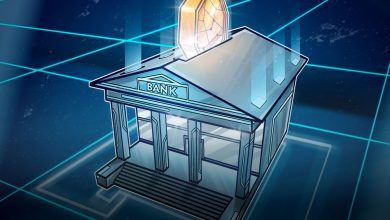Tokenized Securities And Security Tokens: A Safe Conduct Of Assets
While the terms 'security token' and 'tokenized security' seem similar, they are not the same. While both tokenized securities and security tokens are types of digital assets, tokenized securities are simpler in terms of both form and function.

While the terms ‘security token‘ and ‘tokenized security‘ seem similar, they are not the same. While both tokenized securities and security tokens are types of digital assets, tokenized securities are simpler in terms of both form and function.
Simply described, tokenized security is a digital version of conventional security designed to increase market access and liquidity. Meanwhile, security tokens are a sort of tokenized cryptocurrency asset that uses very rigorous regulatory and compliance requirements to safeguard investors by providing them with guaranteed equity in a firm and a guaranteed portion of future earnings.
Tokenized Securities and Security Tokens: What is the Difference, Exactly?
Tokenized securities operate similarly to traditional off-chain securities, with the exception that they may be stored, sold, and traded on blockchain networks. A tokenized security is a crypto version of a traditional security or asset, typically used to signify a stock, stablecoin, commodity, or other traditional assets. Tokenized securities are frequently utilized for blockchain-based derivatives trading and other related DeFi procedures.
Security tokens, on the other hand, integrate Distributed Ledger Technology with unique capabilities that vary depending on the design of each token. In other words, these tokens have programmability, which tokenized securities do not have.

Why is it Optimal to Use Security Tokens?
Security tokens are a sort of crypto asset that is meant to authenticate and secure ownership rights while also acting as value transfer instruments for a given asset, asset bundle, or set of rights. These tokens have the same benefits as other crypto assets, but they vary in that they may be programmed with unique traits and features in addition to the regulatory protections associated with regular securities. As a result, crypto security tokens have the potential to transform the way we transfer value in financial markets and beyond – as long as financial authorities clarify and expand existing laws.
Why would somebody choose a security token over merely owning the underlying asset or a traditional ownership investment in a company? In a nutshell, security tokens are trustworthy, transparent, and programmable. This implies they can be transferred, exchanged, and traced more readily than the asset they represent, and they can be programmed to have more use cases than a regular business stock. This has significance not only for the financial services industry but also for every other case in which a valuable item is transferred.




